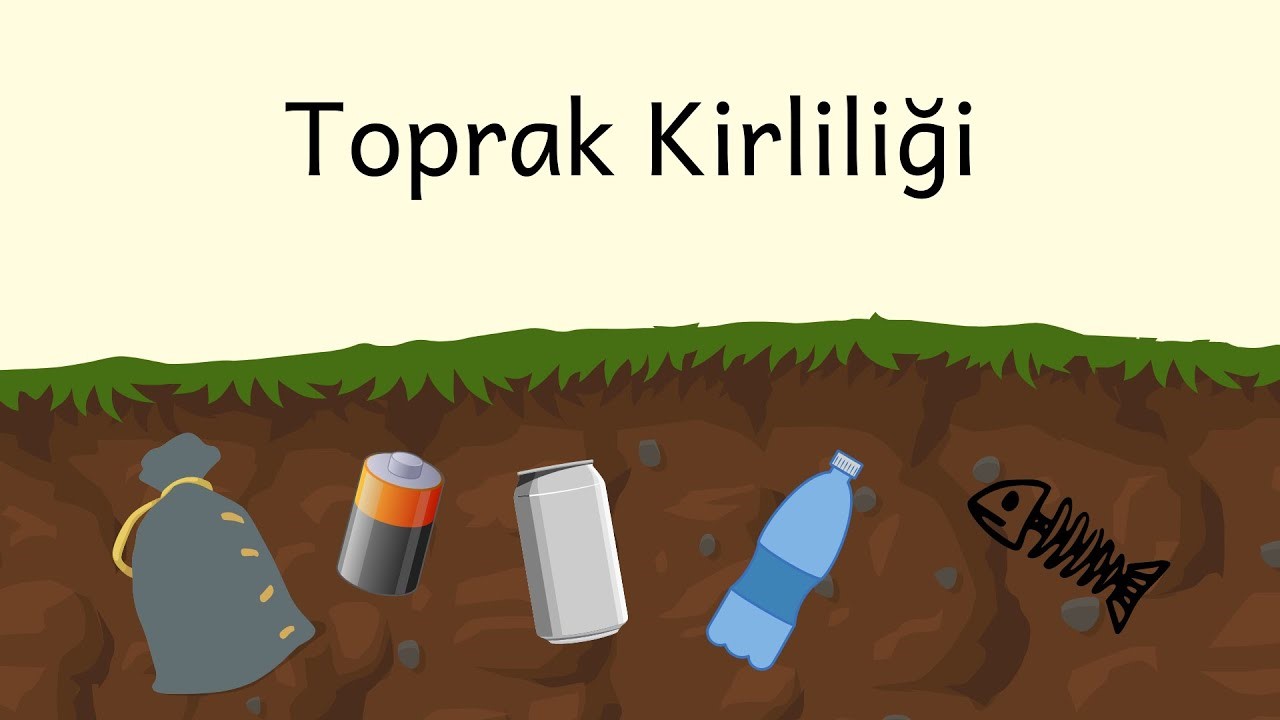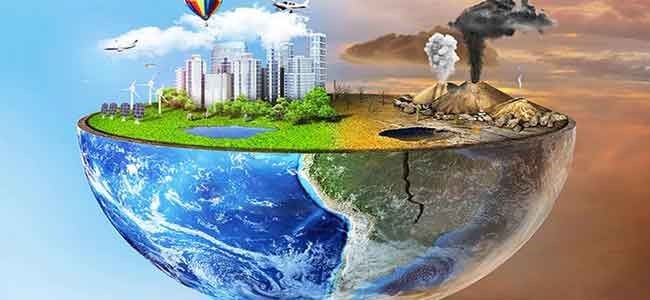
Soil Pollution
Soil pollution is describe as the state in which the natural structure of soil is disturbed, resulting in its inability to offer its expectations.
The Regulation on the Control of Soil Pollution and Point Source Contaminated Areas, which was enacted in our country and published in the Official Gazette dated 08.06.2010 and numbered 27605, has been published to prevent soil pollution.
The Regulation on the Control of Soil Pollution and Point Source Contaminated Areas includes a series of regulations created to prevent, monitor, and maintain soil protection with the aim of protecting the environment and human health.
How is soil pollution detected?
- Soil pollution is determined based on the analysis results of samples taken from the surface soil, subsurface soil, and groundwater in the area suspected of contamination, by laboratories authorized by the Ministry of Environment, Urbanization, and Climate Change.
- The reference sample taken from the area with suspected contamination is compared with the sample taken from the same area that is not contaminated.
- As ÇİGEM ÇEVRE, field condition assessments, measurements, and analyses are conducted in areas suspected of contamination (such as areas affected by chemical spills resulting from accidents and areas where facilities operate according to the NACE codes specified in the Regulation on the Control of Soil Pollution and Point Source Contaminated Areas).
- In this context, as part of the processes carried out within the Ministry of Environment, Urbanization, and Climate Change Provincial Directorates, the initial step involves establishing a Conceptual Site Model and identifying the areas where drilling activities will be conducted to determine pollution spread. Following this, a Site Sampling and Analysis Plan (SSAP) is prepared and submitted to the relevant Provincial Directorate of Environment, Urbanization, and Climate Change.
- Following the approval of this report, drilling activities are started in the field, and samples are taken from both soil and (if applicable) groundwater are sent to a laboratory authorized by the Ministry of Environment, Urbanization, and Climate Change for analysis.
- The analysis studies carried out are examined in detail in line with the Regulation on the Control of Soil Pollution and Point Source Contaminated Sites and the Contaminated Sites Technical Guide, and the Preliminary Site Situation and Risk Assessment Report and the Final Site Situation and Risk Assessment Report are prepared.
- Subsequent to the preparation of these reports, data regarding soil pollution is obtained, and the site is identified as either requiring further monitoring, not requiring further monitoring, or requiring remediation.”
- As ÇİGEM ÇEVRE, we also conduct Soil Pollution Detection and Reporting activities if your facility and/or working area, as well as areas/facilities you plan to purchase or sell, require a Current Condition Assessment (Internal Monitoring) by your company, without any prior detection of pollution, waste, or intervention by the Provincial Directorate.

How to remediate soil pollution?
For the remediation of contaminated sites, ÇİGEM ÇEVRE conducts on-site or off-site remediation activities. The most commonly used method for soil pollution remediation, when contamination is detected, involves excavating the contaminated soil from the site and ensuring its proper disposal. Clean soil is then used to backfill the area from which the contaminated soil was removed. In cases where it’s not feasible to remove the contaminated soil from the site, on-site washing processes can be applied to clean the soil in place.
Remediation technologies applied on-site; Soil washing, soil vapor extraction, thermal treatment and biological treatment are treatment technologies applied off-site; soil washing, chemical extraction, pyrolysis, thermal desorption and composting methods..
ÇİGEM ÇEVRE VE İŞ GÜV. TEKN. DAN. VE MÜH. HİZ. SAN. VE TİC. LTD. ŞTİ. As T.C. on Soil Pollution in Turkey. We are a company authorized by the Ministry of Environment, Urbanization and Climate Change. Click here to access our authorization document

